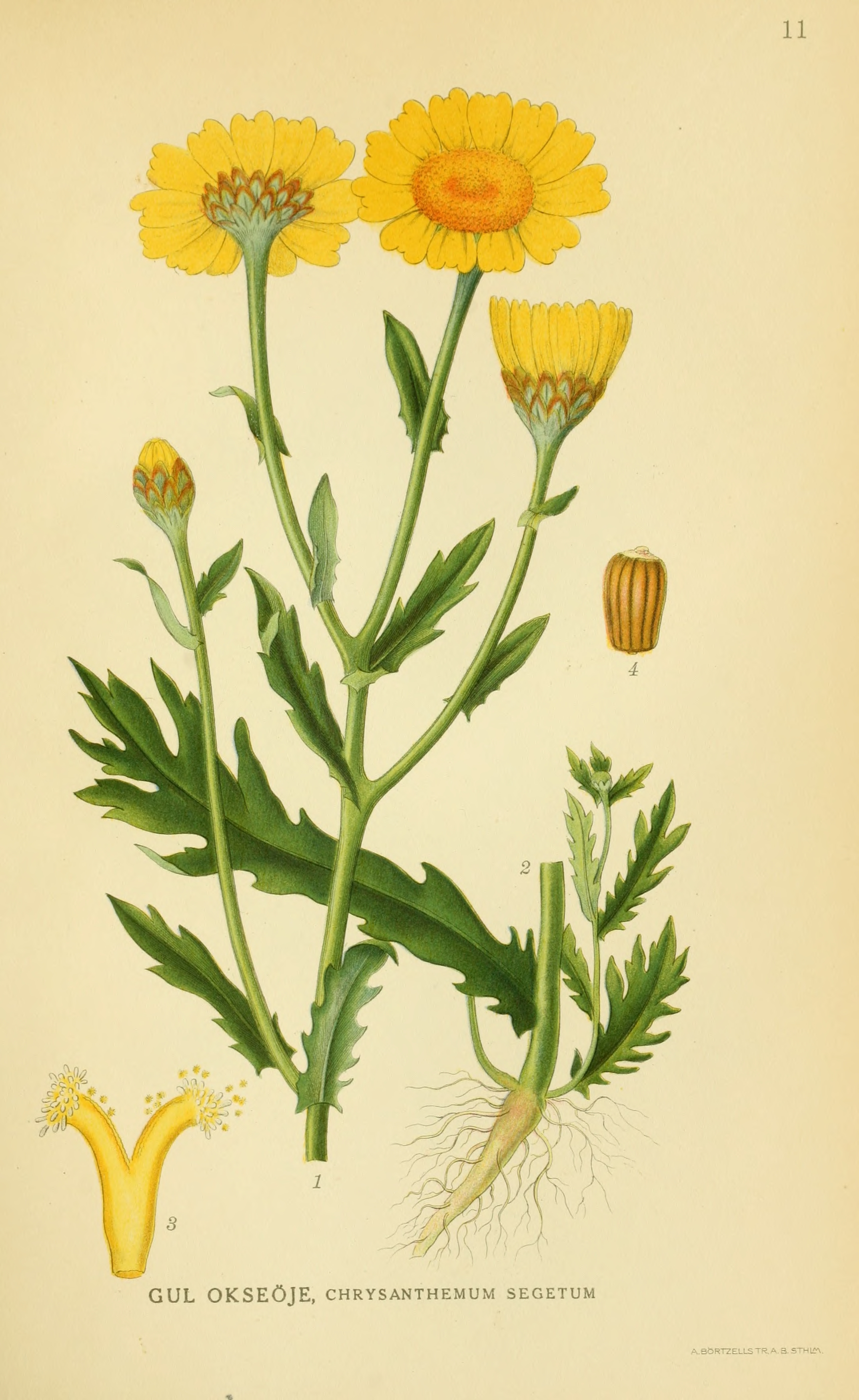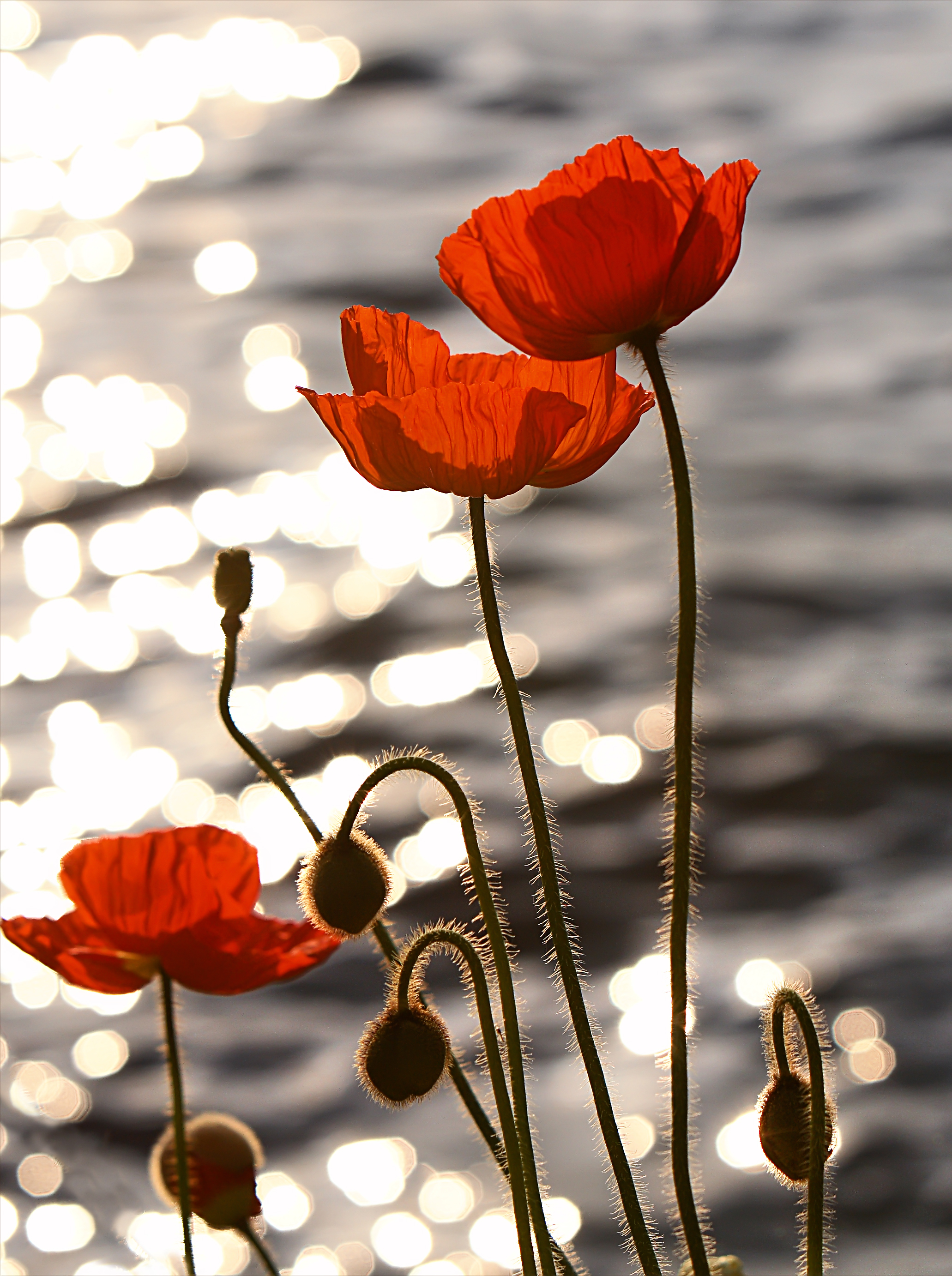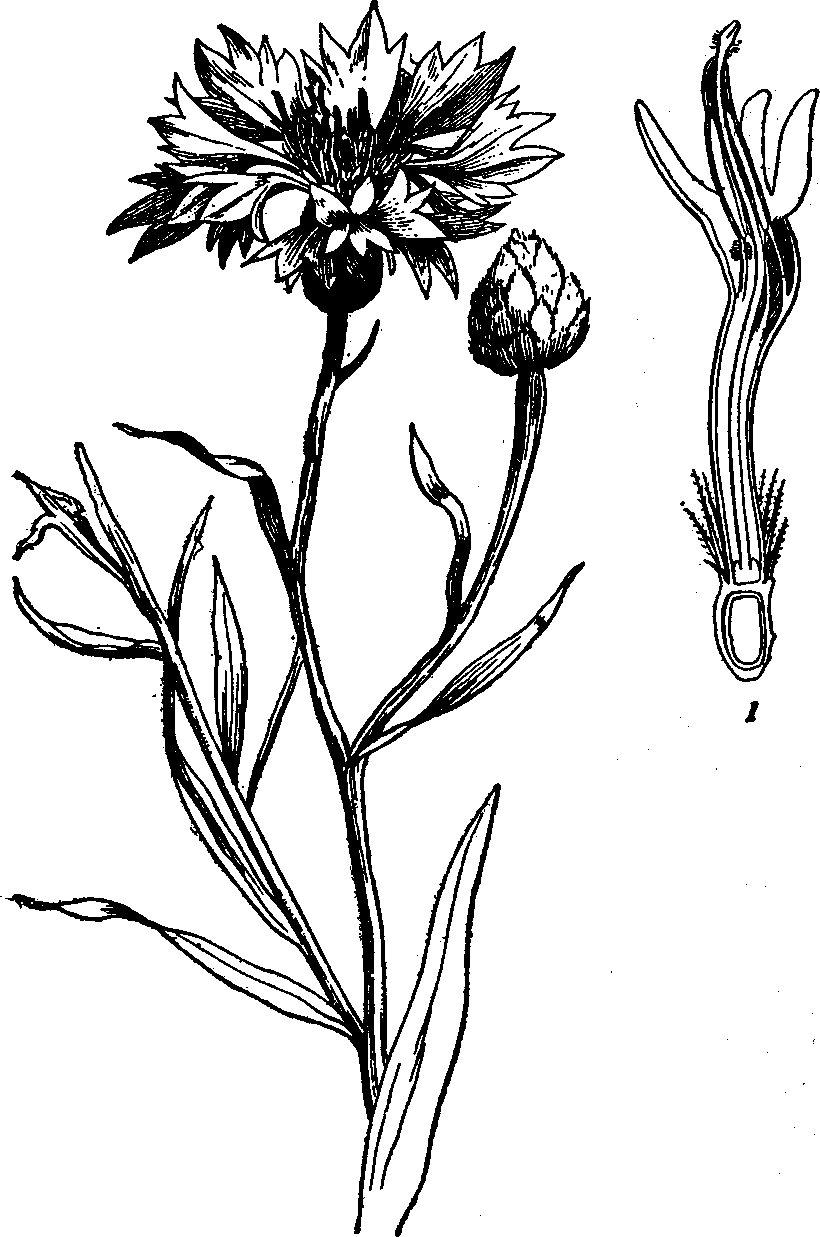|
East Ruston Old Vicarage
East Ruston Old Vicarage Gardens is a notable privately owned garden in the county of Norfolk at East Ruston in Eastern England. The gardens were established in 1973 by Alan Gray and Graham Robeson, who have created a design which incorporates exuberant and innovative planting alongside a more traditional formal design. On an unpromising site, close to the North Sea and surrounded by arable prairie, the gardens are protected from harsh onshore wind by a shelter belt of Monterey Pine s which created a unique micro-climate. Exotic and unusual plants from around the world flourish alongside more hardy species. Notable are the tree ferns, succulents and Arecaceae, palms which surround the house, as is the Californian 'Desert Wash', the Exotic Garden with a water sculpture and a large cornfield sown with a selection of native but now scarce 'weeds' such as cornflower, poppy and corn marigold. The gardens contain an interesting collection of sculptures by local artists as w ... [...More Info...] [...Related Items...] OR: [Wikipedia] [Google] [Baidu] |
Norfolk
Norfolk () is a ceremonial and non-metropolitan county in East Anglia in England. It borders Lincolnshire to the north-west, Cambridgeshire to the west and south-west, and Suffolk to the south. Its northern and eastern boundaries are the North Sea, with The Wash to the north-west. The county town is the city of Norwich. With an area of and a population of 859,400, Norfolk is a largely rural county with a population density of 401 per square mile (155 per km2). Of the county's population, 40% live in four major built up areas: Norwich (213,000), Great Yarmouth (63,000), King's Lynn (46,000) and Thetford (25,000). The Broads is a network of rivers and lakes in the east of the county, extending south into Suffolk. The area is protected by the Broads Authority and has similar status to a national park. History The area that was to become Norfolk was settled in pre-Roman times, (there were Palaeolithic settlers as early as 950,000 years ago) with camps along the highe ... [...More Info...] [...Related Items...] OR: [Wikipedia] [Google] [Baidu] |
Tree Ferns
The tree ferns are arborescent (tree-like) ferns that grow with a trunk elevating the fronds above ground level, making them trees. Many extant tree ferns are members of the order Cyatheales, to which belong the families Cyatheaceae (scaly tree ferns), Dicksoniaceae, Metaxyaceae, and Cibotiaceae. It is estimated that Cyatheales originated in the early Jurassic, and is the third group of ferns known to have given rise to tree-like forms. The others are the extinct ''Tempskya'' of uncertain position, and Osmundales where the extinct Guaireaceae and some members of Osmundaceae also grew into trees. In addition there were the Psaroniaceae and Tietea in the Marattiales, which is the sister group to most living ferns including Cyatheales. Other ferns which are also tree ferns, are ''Leptopteris'' and ''Todea'' in the family Osmundaceae, which can achieve short trunks under a metre tall. Fern species with short trunks in the genera ''Blechnum'', '' Cystodium'' and ''Sadleria'' from ... [...More Info...] [...Related Items...] OR: [Wikipedia] [Google] [Baidu] |
Gardens In Norfolk
A garden is a planned space, usually outdoors, set aside for the cultivation, display, and enjoyment of plants and other forms of nature. The single feature identifying even the wildest wild garden is ''control''. The garden can incorporate both natural and artificial materials. Gardens often have design features including statuary, follies, pergolas, trellises, stumperies, dry creek beds, and water features such as fountains, ponds (with or without fish), waterfalls or creeks. Some gardens are for ornamental purposes only, while others also produce food crops, sometimes in separate areas, or sometimes intermixed with the ornamental plants. Food-producing gardens are distinguished from farms by their smaller scale, more labor-intensive methods, and their purpose (enjoyment of a hobby or self-sustenance rather than producing for sale, as in a market garden). Flower gardens combine plants of different heights, colors, textures, and fragrances to create interest and delight the se ... [...More Info...] [...Related Items...] OR: [Wikipedia] [Google] [Baidu] |
Corn Marigold
''Glebionis segetum'' (syn. ''Chrysanthemum segetum'') is a species of flowering plant in the family Asteraceae, probably native only to the eastern Mediterranean region but now naturalized in western and northern Europe as well as China and parts of North America. Common names include corn marigold and corn daisy. ''Glebionis segetum'' has been hybridized with related ''Argyranthemum'' species to create cultivars of garden marguerites. ''Glebionis segetum'' is a herbaceous perennial plant growing to 80 cm tall, with spirally arranged, deeply lobed leaves 5–20 cm long. The flowers are bright yellow, produced in capitula (flowerheads) 3.5-5.5 cm in diameter, with a ring of ray florets and a centre of disc florets. ''Glebionis segetum'' is widely naturalised outside of its native range, colonising western and central Europe with early human agriculture; it can be an invasive weed in some areas. However, it also was ranked very highly, in terms of nectar producti ... [...More Info...] [...Related Items...] OR: [Wikipedia] [Google] [Baidu] |
Poppy
A poppy is a flowering plant in the subfamily Papaveroideae of the family Papaveraceae. Poppies are herbaceous plants, often grown for their colourful flowers. One species of poppy, ''Papaver somniferum'', is the source of the narcotic drug opium which contains powerful medicinal alkaloids such as morphine and has been used since ancient times as an analgesic and narcotic medicine, medicinal and recreational drug. It also produces Poppy seed, edible seeds. Following the trench warfare in the poppy fields of Flanders, Belgium during World War I, poppies have become a symbol of Remembrance Day, remembrance of soldiers who have died during wartime, especially in the UK, Canada, Australia, New Zealand and other Commonwealth realms. Description Poppies are herbaceous plant, herbaceous Annual plant, annual, Biennial plant, biennial or short-lived Perennial plant, perennial plants. Some species are monocarpic, dying after flowering. Poppies can be over a metre tall with flowers up to 1 ... [...More Info...] [...Related Items...] OR: [Wikipedia] [Google] [Baidu] |
Cornflower
''Centaurea cyanus'', commonly known as cornflower or bachelor's button, is an annual flowering plant in the family Asteraceae native to Europe. In the past, it often grew as a weed in cornfields (in the broad sense of "corn", referring to Food grain, grains, such as wheat, barley, rye, or oats), hence its name. It is now endangered species, endangered in its native habitat by agriculture, agricultural intensification, particularly by over-use of herbicides. However, ''Centaurea cyanus'' is now also naturalisation (biology), naturalised in many other parts of the world, including North America and parts of Australia through introduction as an ornamental plant in gardens and as a seed contaminant in crop seeds. Description ''Centaurea cyanus'' is an annual plant growing to 40–90 cm tall, with grey-green branched stems. The leaves are lanceolate and 1–4 cm long. The flowers are most commonly an intense blue colour and arranged in inflorescence, flowerheads (capitul ... [...More Info...] [...Related Items...] OR: [Wikipedia] [Google] [Baidu] |
Arecaceae
The Arecaceae is a family of perennial flowering plants in the monocot order Arecales. Their growth form can be climbers, shrubs, tree-like and stemless plants, all commonly known as palms. Those having a tree-like form are called palm trees. Currently, 181 genera with around 2,600 species are known, most of which are restricted to tropical and subtropical climates. Most palms are distinguished by their large, compound, evergreen leaves, known as fronds, arranged at the top of an unbranched stem. However, palms exhibit an enormous diversity in physical characteristics and inhabit nearly every type of habitat within their range, from rainforests to deserts. Palms are among the best known and most extensively cultivated plant families. They have been important to humans throughout much of history. Many common products and foods are derived from palms. In contemporary times, palms are also widely used in landscaping. In many historical cultures, because of their importance as ... [...More Info...] [...Related Items...] OR: [Wikipedia] [Google] [Baidu] |
Succulents
In botany, succulent plants, also known as succulents, are plants with parts that are thickened, fleshy, and engorged, usually to retain water in arid climates or soil conditions. The word ''succulent'' comes from the Latin word ''sucus'', meaning "juice" or "sap". Succulent plants may store water in various structures, such as leaves and stems. The water content of some succulent organs can get up to 90–95%, such as '' Glottiphyllum semicyllindricum'' and '' Mesembryanthemum barkleyii''. Some definitions also include roots, thus geophytes that survive unfavorable periods by dying back to underground storage organs may be regarded as succulents. The habitats of these water-preserving plants are often in areas with high temperatures and low rainfall, such as deserts, but succulents may be found even in alpine ecosystems growing in rocky soil. Succulents are characterized by their ability to thrive on limited water sources, such as mist and dew, which makes them equipped to s ... [...More Info...] [...Related Items...] OR: [Wikipedia] [Google] [Baidu] |
Micro-climate
A microclimate (or micro-climate) is a local set of atmospheric conditions that differ from those in the surrounding areas, often with a slight difference but sometimes with a substantial one. The term may refer to areas as small as a few square meters or square feet (for example a garden bed or a cave) or as large as many square kilometers or square miles. Because climate is statistical, which implies spatial and temporal variation of the mean values of the describing parameters, within a region there can occur and persist over time sets of statistically distinct conditions, that is, microclimates. Microclimates can be found in most places but are most pronounced in topographically dynamic zones such as mountainous areas, islands, coastal areas. Microclimates exist, for example, near bodies of water which may cool the local atmosphere, or in heavy urban areas where brick, concrete, and asphalt absorb the sun's energy, heat up, and re-radiate that heat to the ambient air: the ... [...More Info...] [...Related Items...] OR: [Wikipedia] [Google] [Baidu] |
East Ruston
East Ruston is a village and a civil parish in the English county of Norfolk. The village is located south-east of North Walsham and north-east of Norwich. History East Ruston's name is of Anglo-Saxon origin and derives from the Old English for a farmstead or village with an abundance of brushwood, or shrubs. In the Domesday Book, East Ruston is listed as a settlement of 87 households in the hundred of Happing. In 1086, the village formed part of the East Anglian estates of Ralph Baynard. During the Second World War, East Ruston was the location of British Army roadblocks and a reserve training area in preparation for resistance of a German invasion of England. Geography According to the 2011 Census, East Ruston has a population of 595 residents living in 260 households. The parish has an area of . East Ruston falls within the constituency of North Norfolk and is represented at Parliament by Duncan Baker MP of the Conservative Party. For the purposes of local government, ... [...More Info...] [...Related Items...] OR: [Wikipedia] [Google] [Baidu] |
Monterey Pine
''Pinus radiata'' ( syn. ''Pinus insignis''), the Monterey pine, insignis pine or radiata pine, is a species of pine native to the Central Coast of California and Mexico (Guadalupe Island and Cedros island). It is an evergreen conifer in the family Pinaceae. ''P. radiata'' is a versatile, fast-growing, medium-density softwood, suitable for a wide range of uses. Its silviculture reflects a century of research, observation and practice. It is often considered a model for growers of other plantation species. It is the most widely planted pine in the world, valued for rapid growth and desirable lumber and pulp qualities. Although ''P. radiata'' is extensively cultivated as a plantation timber in many temperate parts of the world, it faces serious threats in its natural range, due to the introduction of pine pitch canker (''Fusarium circinatum''). Description ''P. radiata'' is a coniferous evergreen tree growing to tall in the wild, but up to in cultivation in optimum conditio ... [...More Info...] [...Related Items...] OR: [Wikipedia] [Google] [Baidu] |
Shelter Belt
A windbreak (shelterbelt) is a planting usually made up of one or more rows of trees or shrubs planted in such a manner as to provide shelter from the wind and to protect soil from erosion. They are commonly planted in hedgerows around the edges of fields on farms. If designed properly, windbreaks around a home can reduce the cost of heating and cooling and save energy. Windbreaks are also planted to help keep snow from drifting onto roadways or yards. Farmers sometimes use windbreaks to keep snow drifts on farm land that will provide water when the snow melts in the spring. Other benefits include contributing to a microclimate around crops (with slightly less drying and chilling at night), providing habitat for wildlife, and, in some regions, providing wood if the trees are harvested. Windbreaks and intercropping can be combined in a farming practice referred to as alleycropping, or being deployed along riparian buffer stripes. Fields are planted in rows of different crops surr ... [...More Info...] [...Related Items...] OR: [Wikipedia] [Google] [Baidu] |
.jpg)






